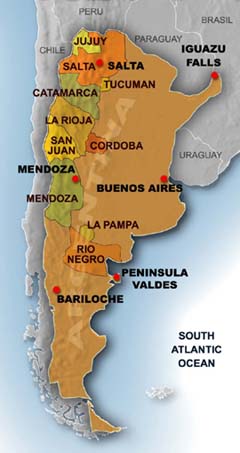Wine trends come and go. The 2004 movie Sideways drove consumers away from Merlot, as Paul Giamatti’s character Miles eschewed the juice. Meanwhile, in the last few years, Malbec from Argentina and Sauvignon Blanc from New Zealand started accounting for significant market share as these selections became trendy.
Eric Asimov’s June 1 column in The Pour, “Is There Still Hope for Syrah,” discusses the unpopularity of that grape in the U.S. It’s little wonder, given the increasing quality of wines that are emerging from Oregon and Washington State.
Oregon Pinot has been popular for several years now, but Washington, which boasts more than 30 varietals, is making a mark. Though the international grapes – Chardonnay, Cabernet Sauvignon and Merlot – comprise the majority of growth in hectares within the state, the region’s quality production, and affordable price tag, is attracting wine drinkers.
It’s also worth noting the change in global wine consumption. The Bergen Record’s May 26 article, “Facing a Shift in the Flow of Wine Drinking,” notes that Italians are drinking less wine while China is consuming more. As a result, some winemakers are producing styles that are easy to drink and will appeal to many different palates. These wines are often made from common varietals and are sold at discounts to expensive cult wines and age-worthy selections.
Yes, first-growth Bordeaux and Grand Cru Burgundy will always be coveted, but these wines are cost-prohibitive. Perhaps that’s why South American wines are becoming so fashionable. Chilean Carmenere is a great value, often retailing for under $20, and in many cases even less. Such wallet-friendly wines are gaining favor, for now. The next big trend is anyone’s guess.
